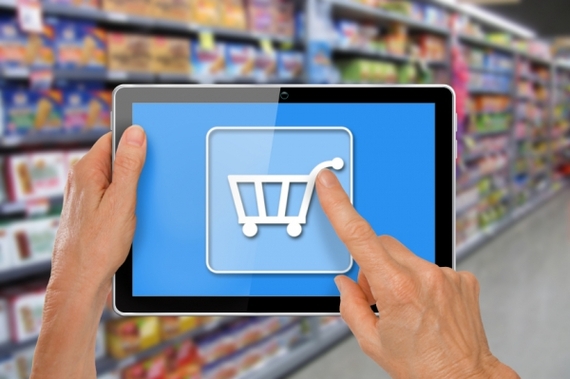If you're interested in starting a business, it can be difficult to choose just one startup idea to move forward with. Apart from considering an area you are passionate about or have in-depth knowledge of, it also always pays to know the "why" behind the business idea. Why will the new endeavor exist? What is the purpose of it, and how will it solve a problem or add pleasure to the lives of its customers?
If you're looking for a business idea you can really commit to, you need to make sure that the area you invest your time, money, and energy into will remain feasible over the coming years. Research shows that lending institutions and investors will only go ahead with a business loan if they think that the idea -- and the entrepreneur behind it -- is solid.
To make it easier to build a business that lasts (and to get access to funds to make that happen), it helps to look towards the future and determine which industries are dying, and which are set to thrive. If you're keen to create a company that's still around in the decades to come, read on for some of the fastest-growing industries you could consider joining.
Online Food Sales
There has already been a massive growth in online sales of merchandise such as clothes, shoes, music, books, and more. However, the e-commerce sector that's now on track to expand dramatically is food. While the food industry is a huge market, so far only a small number of sales are actually made online. That's set to change over the coming decade though.
There are a few reasons behind the growth. For starters, most consumers are now fairly comfortable with buying non-perishable items online. In the future, these consumers will start to trust that products such as food and drinks can also be purchased the same way. As well, markets around the world are now set up to actually distribute food items more easily to customers' homes and offices.
Convenience is, of course, a big factor in the growth of online food sales, particularly with so many consumers working long hours or finding it a struggle to get to supermarkets with children in tow. Having groceries purchased online and then delivered directly to a home or office is typically quicker, easier, and sometimes even more cost effective.
The other thing that is driving the demand for food e-commerce is the explosion in the demand for cuisine-related reality TV shows, blogs, magazines, books, and more. Consumers have a growing interest in shopping for and preparing gourmet meals as a result, and often want to use specialized ingredients that can be difficult to find at their local supermarket. This means that online stores which sell boutique ingredients will easily find a solid niche with the foodie crowd.
Relaxation Beverages
Another sector within the food and drink market that is rapidly on the rise is relaxation beverages. Although you might not be familiar with the term yet, you will likely become so soon. Relaxation beverages are, as the name suggests, the total opposite to energy drinks like Red Bull. Rather than helping consumers stay awake and alert (and often on edge as well), relaxation drinks are beverages which are marketed for their ability to promote sleep, relaxation, or a calming effect.
According to research released by IBISWorld, these types of drinks typically contain active ingredients such as melatonin or l-theanine, and come in the form of ready-to-consume teas, dairy-based drinks, and carbonated beverages. The industry for these products grew 23 percent last year, and is expected to grow to more than $260 million over the next few years.
While the industry is still finding its feet, the backlash against some reported side effects from drinking energy beverages is likely to help swing things in the favor of relaxation-focused concoctions. Considering, too, that in the United States alone, over 70 million people report that they have problems sleeping well, and you can see that there should be a ready market in place for the right business idea.
Telehealth Services
Telehealth services -- those provided by companies that use digital technology to deliver health education and a variety of medical support -- is another area where lots of growth is projected in coming years. According to HarcourtHealth, the most common types of services in this sector include remote patient monitoring; consultations via video conferences; and the transmission and storage of patient files and tests such as X-rays and other scans.
The increase in this area of health will be driven in large part by the continual advances in technology that make telehealth services more and more feasible and cost effective to deliver.
In addition, the growth also stems from the aging population (more people needing care, and not enough hospital beds and clinics to provide it in person); the increasing numbers of people with chronic conditions such as diabetes and heart disease who can be monitored and advised remotely; and the increase in federal support for health services.
Someone's going to become the leader in each of these 3 up-and-coming industries. Why shouldn't it be you?



